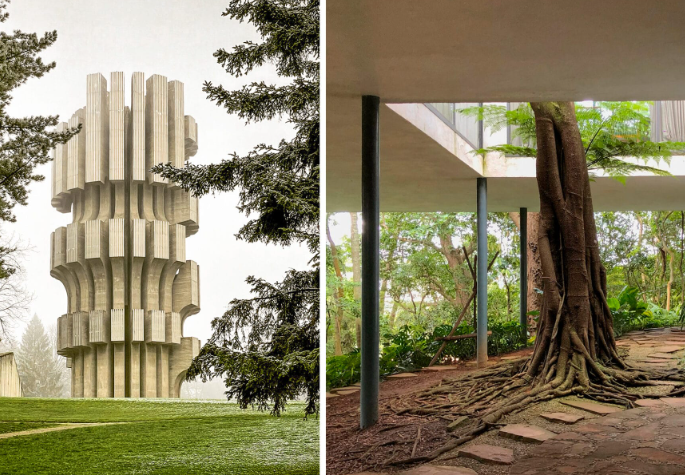Brutalist Landscape Architecture: A Bold Statement in Design
Brutalist landscape architecture has earned a distinct place in the world of design, characterized by its raw, unrefined aesthetic and a focus on functionality. This style, emerging in the mid-20th century, reflects a unique approach to creating outdoor spaces that are as much about their environment as they are about the structures within them. Understanding brutalist landscape architecture is essential for anyone interested in modern design and its social implications.
The Design Philosophy Behind Brutalism
At the heart of brutalist landscape architecture is a philosophy that values honesty and integrity in materials and design. Often using concrete, stone, and other stark materials, brutalist landscapes aim to embody the beauty of their surroundings while offering a utilitarian function. This philosophy can be seen in many urban parks and public spaces where the landscape complements the structural elements. The bold simplicity of these designs encourages interaction and exploration, inviting people to engage with their environment in new and meaningful ways.
The Impact of Scale and Proportion
One of the defining features of brutalist landscape architecture is its consideration of scale and proportion. Architects use large, imposing geometric forms and expansive spaces to create a sense of awe and permanence. This often results in designs that can be both intimidating and inviting, challenging our perceptions of public space. By carefully balancing vast open areas with intricate detailing, brutalist landscapes can evoke a wide range of emotions, making them not just places to visit but experiences to engage with fully.
Cultural Significance and Modern Interpretations
Brutalism has often faced criticism for its starkness, yet its cultural significance cannot be overstated. As a style that emerged from a desire to break away from traditional aesthetics, it has influenced countless architects and designers. Today, many contemporary landscape architects are finding new ways to reinterpret brutalist principles, blending them with eco-friendly practices and innovative techniques. This modern revival shows a growing appreciation for the rugged beauty of brutalism, as well as its ability to address today’s environmental challenges, making it both an historical and a forward-thinking style.
In conclusion, brutalist landscape architecture presents a fascinating intersection of design, function, and philosophy that continues to resonate today. Its bold aesthetics and cultural relevance invite deeper exploration and understanding. If you’re inspired by this unique style, consider visiting a local brutalist landscape, or delve more into the world of landscape architecture to discover how these designs impact our lives.

